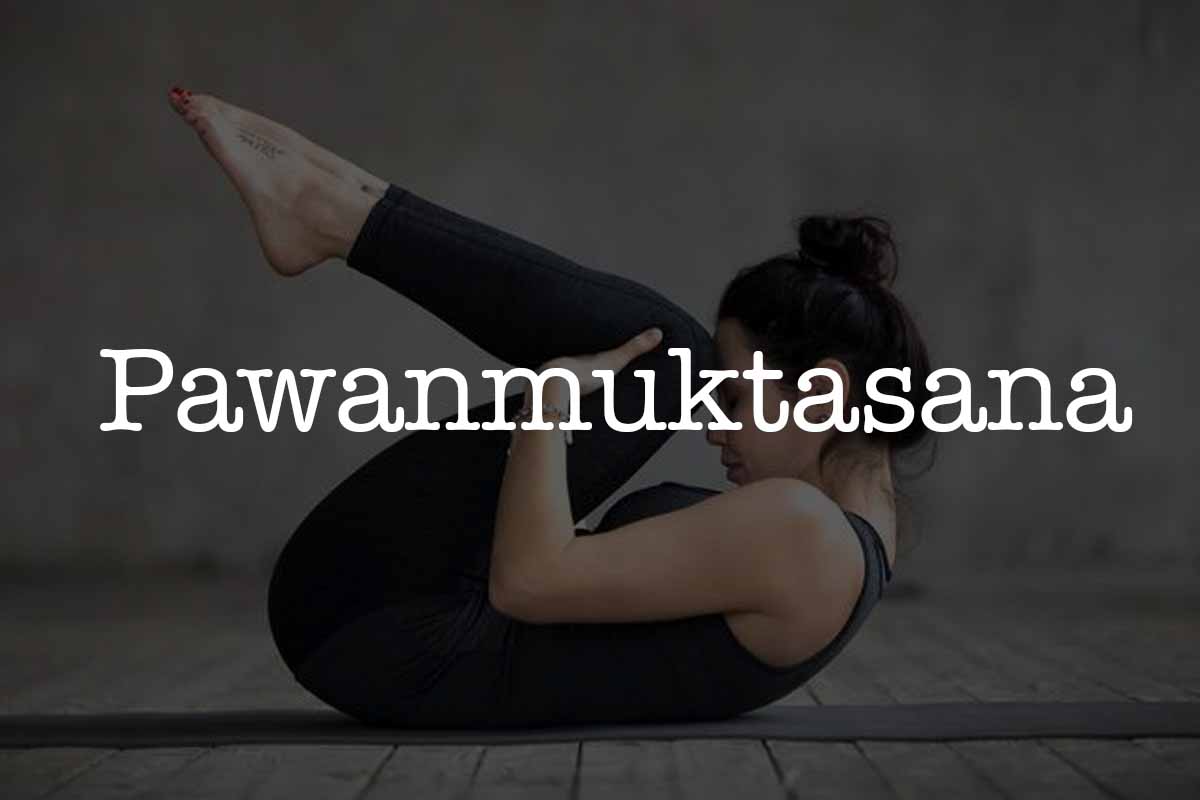Pawanmuktasana helps in improving the functions of abdominal organs along with toning muscles. It relieves the pressure build up from different body part, which further results in reduction or elimination of body pain or stiffness of joints, caused due to work pressure or sitting idle on a position for a long time
Etymology of Pawanmuktasana
The term Pawanmuktasana comprises three words- “Pawan” meaning air, “Mukta” meaning free and “Asana” meaning posture. The name is given to this posture as performing this asana exerts pressure on the abdominal regions, which results in the release of trapped gases.
Performing Pawanmuktasana
1. Lie down on the floor in a straight position, with your toes joined and palms resting beside your waist. your body must be relaxed and calm.
2. Bend and raise your knees. support your knees with your hands. Try to touch your thighs to the abdomen region. Breath in.
3. While breathing out, raise your head and bring your nose as close as possible, to your knees. Hold this posture for some moments.
4. In order to return to the normal lie-down position, lower your head to the ground, release your knees and rest your hands on the floor.
5. After relaxing for some time, repeat this asana for 3-5 times per practice session.
There are two variations of this posture- Sulabh Pawanmuktasana and Ardha Pawanmuktasana, suitable for beginners, before going to full pawanmuktasana posture or can be done before pawanmuktasana to have more intense workout.
Performing Sulabh Pawanmuktasana (1st variation of Pawanmuktasana)
As the name suggests, this posture is “sulabh” or, easier to perform. The practitioner needs to follow all the steps mentioned above, except bending and raising one leg, preferably the right leg first at one time to the stomach. The practitioner can perform the same asana with the left leg in the second go.
Performing Ardha Pawanmuktasana (2nd Variation of Pawanmuktasana)
This is the half version of Pawanmuktasana, denoted by the word “ardha”, which means half. The practitioner needs to follow all the steps mentioned above, except leaving the part where the head needs to be raised.
Precaution for Beginners/ Practitioners
1. People suffering from neck or back pain, heart diseases, diseases related to testicles, menstruation, slip disc, hyperacidity and high blood pressure must not practice this posture.
2. People suffering from hernia, piles or pregnant women are advised not to practice this posture at all.
3. Do not over-stretch your body in order to perform the asana perfectly. In the beginning, you can raise your head to the level to which you can exert the pressure easily. With regular practice, you will be able to raise your head to the maximum height.
4. Initially hold the posture for 5-10 seconds and raise the holding time to 1 minute gradually as your capacity to hold the posture increases.
Benefits of practicing Pawanmuktasana
1. Heals in curing acidity, indigestion, diarrhea, constipation and other abdominal disorders.
2. Strengthen and stimulates muscles in the abdominal and pelvic region
3. Improves circulation of blood in abdominal organs and pelvic area
4. Helpful in relieving from sterility, impotence and Flatulence.
5. Burns excess fat from thighs, hips and abdominal region.
6. Relieves stress from the lower back region.
7. Cures menstruation related problems in women.
